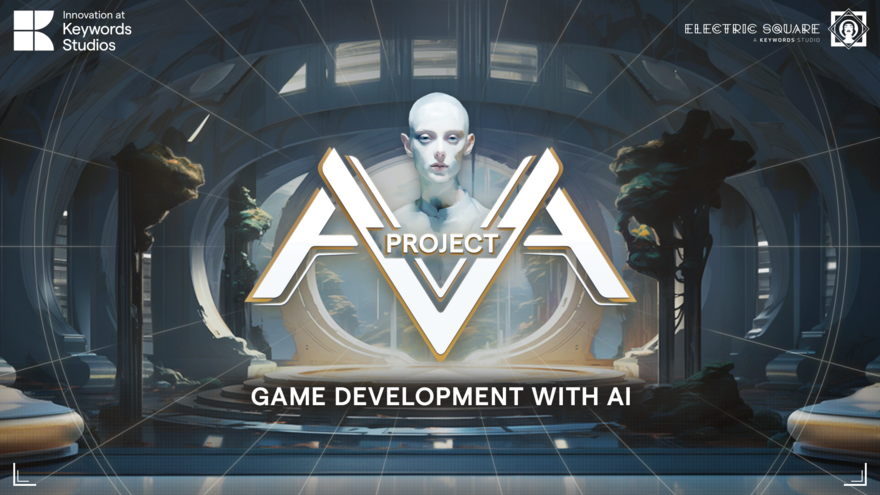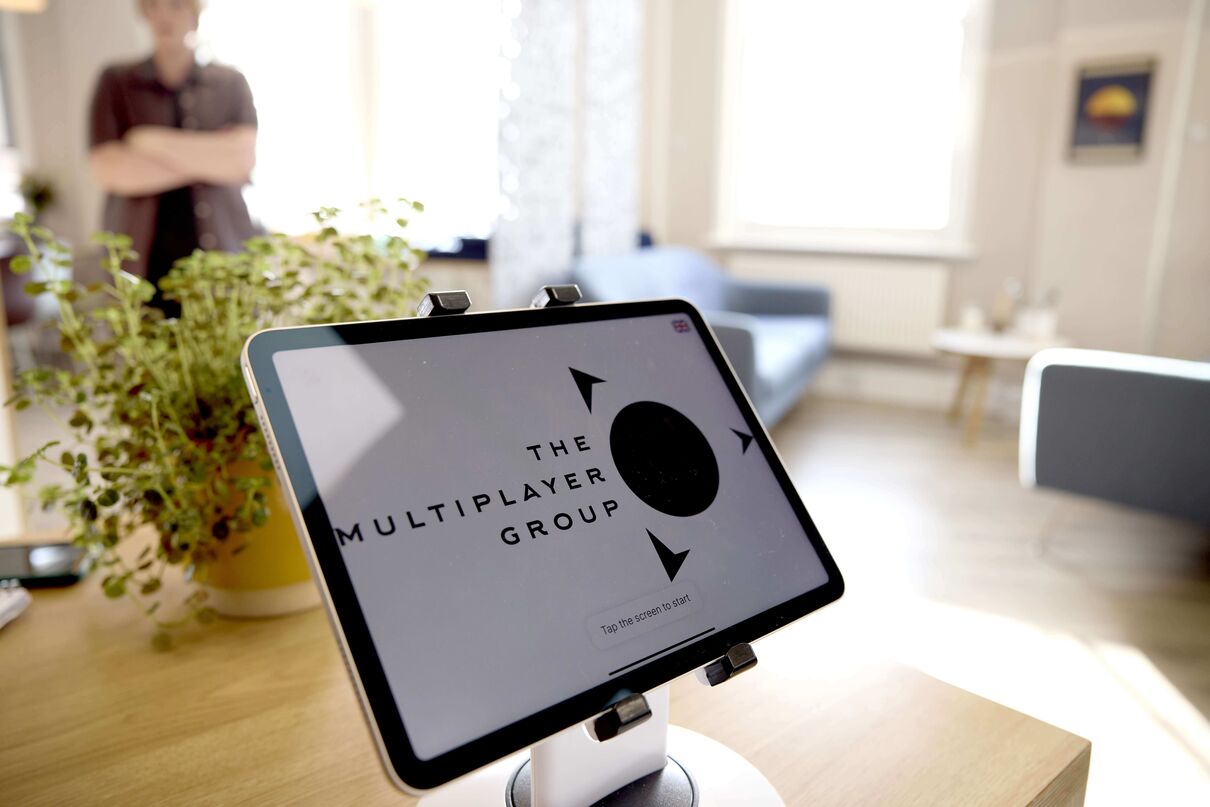Improving the game development process: XLOC bridges with memoQ

by Jenny McKearney, Partnership Manager, XLOC - a Keywords studio
www.linkedin.com/in/jennymckearney
At XLOC, we dedicate vast amounts of time, energy and passion to improving life for our customers. And now the newest feature of the tool is here.
I am delighted to introduce you to the new XLOC ‘memoQ Connector’.
Having worked in video games localization for more than 20 years, I’ve learnt that developers like to keep the number of tools they use to a minimum.
They like to click as few buttons as possible. And they LOVE process integration and anything that streamlines their project.
I’ve also come to understand that it is expensive and error-prone to have staff, like development engineers, moving assets around and keeping track of their status especially when those become multilingual.
To make life easier and more streamlined, we’ve created this new connector for memoQ, the popular computer-aided translation (CAT) tool;
The feature will be rolled out as part of a major upcoming update for XLOC.
So how does the new connector work?
Localization workflow overviewThe goal of a localization content management system (CMS) such as XLOC is to optimise the process of analysing, storing and tracking the evolution of source and localized game assets throughout development.
XLOC tracks every version of every string, allowing for the continuous flow of new and updated strings in and out of XLOC from source control (e.g. Perforce, GitHub), out to translation, back into XLOC after translation and it keeps all the translated strings in line with the source.
Everyone that touches the localization process – developers, project managers, producers, translators and LQAs – have access to their XLOC project.
 An illustration of how XLOC supports around the game development lifecycle
An illustration of how XLOC supports around the game development lifecycle
Now we are ready to further the XLOC mission to make your management of localization content easier and more efficient.
The main feature of the connector is to simplify the link between XLOC and memoQ for the user.
With the new connector, at the touch of a button, asset strings will move directly from XLOC to memoQ for translation and back to XLOC once translated.
Your dev team can push assets into the translation workflow with a click of a button and seamlessly retrieve the translated assets into the central XLOC repository, ready for integration and testing.
My colleague Carlos Garcia-Shelton, Product Manager at XLOC, is just as excited about the new feature and explains: “With projects that also take advantage of memoQ’s TM, the connector will solve for the first time two recurrent but different problems: string status tracking and strings recycling.
"This is obtained through a seamless back and forth interaction between content management (XLOC) and translation management (memoQ).
 The XLOC to memoQ two-way connector
The XLOC to memoQ two-way connector
“Instead of being in a state of grabbing from XLOC and then going to memoQ to import a new translation job, and then rebuild in memoQ and go back to XLOC to upload that translation work when completed, the XLOC memoQ connector will allow for an easy push to memoQ.
“There will be a unified page to display and track all current memoQ jobs, along with their status.”
So, instead of using two distinct separate tools, the experience is that of using just one tool. And one is always better than two!
Fabio Minazzi, Localization Service Line Director at Keywords Studios, says of the new capability: “If you’re already using XLOC’s powerful asset management features, you’ll appreciate the seamless integration of the translation workflow into the main development cycle.
“If you’re new to XLOC, welcome to the world of global development made simple.”
Meeting your deadlines while retaining qualityIn a previous life I was Localization Director with BioWare, an EA development studio.
I worked on such titles as Jade Empire, the Mass Effect Trilogy and Andromeda, as well as the Dragon Age franchise. I left BioWare after a rewarding 13 years and am now the Technical Partnership Manager with the XLOC team within the Keywords family.
So I’ve seen how localization works from both a client’s perspective as well as a vendor’s.
 Enjoying some Montreal poutine at the end of a hard day brainstorming at our XLOC Summit in 2019. (Front, L-R) Roberto Lambaise, Jenny McKearney, Fabio Minazzi and Mason Deming. (Back, L-R) Sebastian Maeser, Arseniy Politov, Paolo Pirocchi and Carlos Garcia-Shelton
Enjoying some Montreal poutine at the end of a hard day brainstorming at our XLOC Summit in 2019. (Front, L-R) Roberto Lambaise, Jenny McKearney, Fabio Minazzi and Mason Deming. (Back, L-R) Sebastian Maeser, Arseniy Politov, Paolo Pirocchi and Carlos Garcia-Shelton
Typically, a video game is written right up to the moment the localization producer has to pull the strings out of the writers/dev’s reluctant hands.
When is a game “done”? Never!
But there are deadlines to be met, age ratings to be gained, certification processes to go through and manufacturing has hard dates which need to be adhered to.
So, if you want to localize your game into languages beyond the source language, and achieve a simship which usually entails a global marketing event, you need to start localizing at a certain date or you won’t be ready in time.

“The constant release of new game contents requires continuous localization,” explains Fabio (pictured right). “As development cycles happen, the repetition of manual tasks proves to be slow, error-prone and expensive.
“We dedicate this new feature to all those developers who want to operate lean and fast. They can finally free resources for added-value tasks.”
To manage and track these changing assets can be bit of a nightmare – especially on massive games with thousands of strings, games that have a very aggressive timeline, or games that have complicated conversation structures.
Replacing chaos with manageable workflowsXLOC eliminates manual repetitive tasks and errors, tracking assets through the localization workflow. We aim to allow the seamless management of multiple source languages in an automated and synchronized way.
I have been with XLOC for almost three years and my role primarily is upfront with our client partners, talking with potential new customers to improve their current localization workflow, demonstrating our tool’s capabilities and answering their questions.
As soon as I start giving a manual demo, if we have an engineer on the call they will ask about API. I can now mention, at the outset, what we can offer at the top of our demos so they can get excited about the current automation we offer.
Our clients asked us for this connector, we heard them and now we are giving them what they want.
Take the following scenario;
A new indie studio team is making its first game but has never localized before and they haven’t the first clue where to start.
Having XLOC at the beginning of your localization pipeline discussions, frees up the dev team to do their jobs creating their best IP, and leave the management of the localization in the capable hands of a trusted robust tool.
Or take an established dev studio that has been working with in-house tools or other commercial tools that do not have the desired features.
Either their game is now too big, too complicated, has changed from the original spec or just outgrown the tool, and they are in need of a solution to get back on track.
Source strings are in constant development and without a tracking tool like XLOC to manage the process, merging strings once translated becomes a minefield.
I always say a CMS such as XLOC takes the chaos and turns it into calm.
A powerful tool, made even betterWhen you add a streamlined powerful CMS, you instantly remove stress from the users. You remove the slow, error-prone manual processes and you free up creatives to make the best IP they can and bring their game to market.

And now that XLOC has a direct, one-to-one link to a power CAT tool such as memoQ and the flow is seamless and effortless, it gives that feeling of using just one tool to manage your localization assets.
“We are ready to further the XLOC mission to make your management of localization content easier and more efficient,” added Carlos (pictured right).
“We believe this connector will do that for many current and new customers.
“No more need to always flip back and forth and upload/download files from one app to the other,” Carlos adds.
And we call that a massive win.
Fabio concludes: “There are innovations that once adopted, people wonder how they could live without it. XLOC is one of them. In the fast world of video games development, the winners are those companies who focus on gameplay and IP development.
“Systems that streamline processes, foster flexibility and collaboration, provide control, are key for success.”
For more information on how XLOC can help you increase efficiencies through streamlined localization processes, download our latest solutions brief here.






